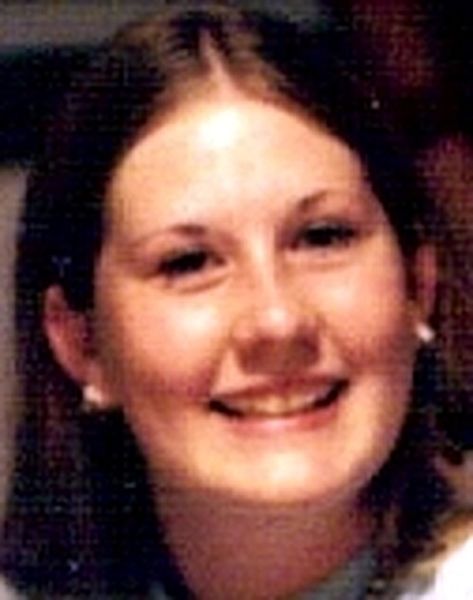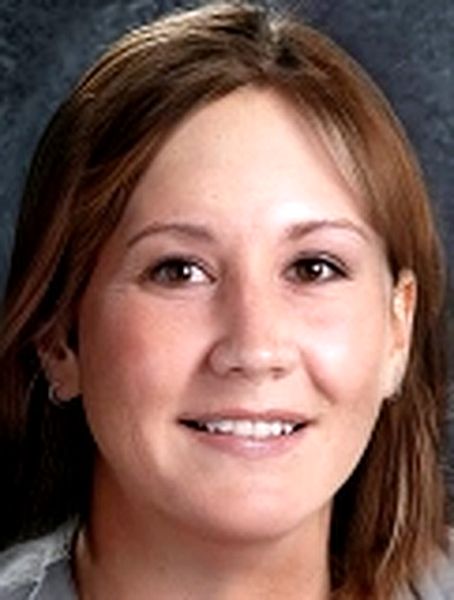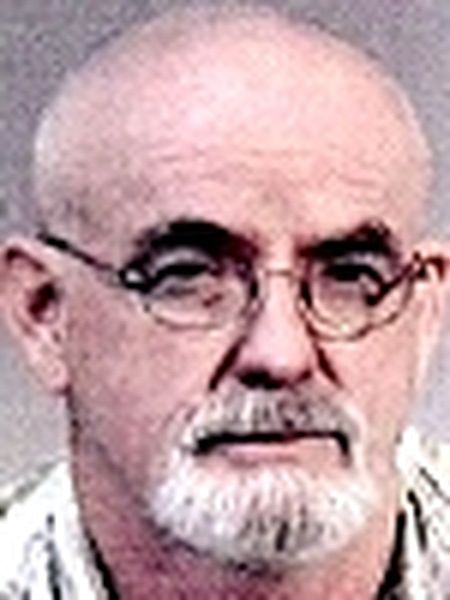Missing Person Photos
A missing person is a person who has disappeared and whose status as alive or dead cannot be confirmed as their location and condition are unknown. A person may go missing through a voluntary disappearance, or else due to an accident, crime, death in a location where they cannot be found (such as at sea), or many other reasons. In most parts of the world, a missing person will usually be found quickly. While criminal abductions are some of the most widely reported missing person cases, these account for only 2 to 5 percent of missing children in Europe.
By contrast, some missing person cases remain unresolved for many years. Laws related to these cases are often complex since, in many jurisdictions, relatives and third parties may not deal with a person's assets until their death is considered proven by law and a formal death certificate issued. The situation, uncertainties, and lack of closure or a funeral resulting when a person goes missing may be extremely painful with long-lasting effects on family and friends.
A number of organizations seek to connect, share best practices, and disseminate information and images of missing children to improve the effectiveness of missing children investigations, including the International Commission on Missing Persons, the International Centre for Missing & Exploited Children (ICMEC), as well as national organizations, including the National Center for Missing & Exploited Children in the US, Missing People in the UK, Child Focus in Belgium, and The Smile of the Child in Greece.

Resources for Missing Persons
According to current statistics, 4,000 people in the United States go missing every day.
Sometimes a child suddenly vanishes from the bus stop or the local park or even from their own yard or bedroom. Or a teenager doesn�t return home after a walk to the neighborhood grocery store or a bike ride or a party with friends.
Other times, an adult is mysteriously absent from their job or neighbors haven�t seen them for several days, and family and friends haven�t heard from them either.
Missing Person Photos
Alissa Marie Turney











Alissa, date, approximate 2001; Age-progression to age 32 (date, approximate 2016); Michael Turney, date, approximate 2010
Date Missing 05/17/2001
Missing From
Phoenix, Arizona
Missing Classification Endangered Missing
Sex Female
Race
White
Date of Birth 04/03/1984 (38)
Age 17 years old
Height and Weight 5'4, 130 - 145 pounds
Clothing/Jewelry Description Gray shorts, a white tank top and gray sneakers.
Medical Conditions Alissa suffers from ADHD (attention deficit/hyperactivity disorder).
Markings and/or Distinguishing Characteristics Caucasian female. Brown hair, brown eyes. Alissa had blonde highlights in her hair at the time of her disappearance. She has a half-inch scar on her chin and pierced ears. She may use the last name Strahm.
Details of Disappearance Alissa was last seen at her home in the vicinity of Bell Road and 34th Street in Phoenix, Arizona on May 17, 2001. It was the last day of her junior year at Paradise Valley High School.
Her stepfather, Michael Roy Turney, says he took Alissa out of school early and they went out to lunch, then came home. A photo of Michael is posted with this summary. He stated they got into an argument during the meal because Alissa wanted more privileges, and when they returned home she was upset and went into her room angrily.
Michael left her alone at 1:00 p.m. and went to run errands and pick up her sister. He tried to call Alissa while he was gone, but she didn't answer the phone. When he returned to the house at 5:00 p.m., Alissa was gone, leaving behind a note saying she was running away to California. Michael says she called him a week later from a pay phone in California, but quickly hung up. This was the last trace of her.
Authorities initially treated Alissa a runaway and believed she could be either in California or still in the Phoenix area, but foul play is now suspected in her disappearance. She left $1,800 untouched in her bank account and she left her makeup, hairbrush, house keys and cellular phone behind as well. She apparently did take a black backpack with her.
Alissa was very close to her siblings, her friends and her steady boyfriend, but she never mentioned any runaway plans to them and none of them heard from her after she went missing. It's uncharacteristic of a runaway to leave behind all her belongings and money, as Alissa apparently did, and to never contact friends or family again.
A Florida man confessed to her murder in 2006, but his story turned out to be false. Michael, a former law enforcement officer, says he made over thirty trips to California to look for her.
Alissa's friends describe her as a normal, spirited teenager with a rebellious streak. She had experimented with marijuana and she sometimes skipped class, but she was a good student. Her friends stated Michael was a strict parent who regularly searched Alissa's belongings, monitored her phone conversations and sat outside the restaurant where she worked.
Police found strange "contracts" which Michael wrote and made Alissa sign; a forensic psychiatrist who viewed one of the documents said it showed Michael had an "absolute need for control and dominance" of Alissa. Michael also had surveillance cameras set up inside the family home, and all telephone communications in and out of the home were automatically recorded.
After Alissa disappeared, Michael refused to take a polygraph or sit down with police for an interview, although he did communicate with them through fax, email and the phone. He never gave police the surveillance tapes for the day Alissa went missing, but said he had reviewed eight hours of footage and seen nothing of interest. He said the phone recording system wasn't operating on the day Alissa called him after her disappearance.
Several people claim Alissa told them Michael had sexually abused her or tried to abuse her. She had spoken to friends and family members about him gagging her and handcuffing her. Michael denies the allegations and maintains he is a good parent who never harmed his stepdaughter.
The year before her disappearance, Michael himself called Child Protective Services to tell them that if Alissa ever filed a child molestation complaint against him, she was lying. He said the cameras and recording devices were for security reasons, not so he could observe his children's activities.
In December 2008, police executed a search warrant on the home where Alissa had lived and the home across the street where her family lives now, looking for evidence in Alissa's . Investigators found many videotapes of Alissa at her home during the search, dating back to the 1980s, but not the one from the day she disappeared.
During the search, they found nineteen high-caliber assault rifles, two handmade silencers, a van filled with gasoline cans and 26 handmade explosive devices filled with gunpowder and roofing nails. It was the largest stockpile of explosives discovered in Phoenix Police Department history.
More than 100 neighbors were temporarily evacuated from their homes as a safety precaution, and Michael was taken into custody on several weapons charges. He was carrying two handguns, a recording device, seven magazines of ammunition and a knife when he was arrested.
In the search that uncovered the guns and explosives, police also found a 98-page document, titled "Diary of a Madman Martyr" in his home. In the document, Michael accused the International Brotherhood of Electrical Workers of being behind Alissa's abduction and murder. He had worked as an electrician in the 1980s and complained about workplace conditions, and after Alissa's disappearance he told police he thought the union held a grudge against him and had kidnapped Alissa in order to punish him.
In his "Diary of a Madman Martyr," Michael wrote that he had already killed two "assassins" who were responsible for his stepdaughter's death and that Alissa was buried in Desert Center, California. He wrote he planned to blow up the union hall in revenge and kill himself in the process. The police believe they may have stopped him just in time; they found the weapons and explosives on December 11, and the next meeting at the union hall was scheduled for December 15.
In an interview with the media after his arrest, Michael claimed the bombs weren't his and the police had planted them in his home, but he admitted he had planned to take his own life in order to bring attention to Alissa's disappearance.
In March 2010, Michael pleaded guilty to possessing 26 unregistered pipe bombs. He was sentenced to the maximum term of ten years in federal prison. Although two of Michael's children testified during the sentencing hearing that he was not a violent man, the judge cited reports that Michael suffers from a paranoid personality disorder that is worsening in spite of the psychiatric treatment he's received. A forensic psychologist whom Michael himself had asked to testify at the hearing said he was dangerous and had a high likelihood of future violent behavior.
After Michael was released from prison in 2017, Alissa's younger sister met with him and asked him for answers about Alissa's disappearance. He told her he would only provide honest answers on his deathbed, or if the state would agree to execute him.
In August 2020, Michael was arrested and charged with second-degree murder in Alissa's presumed death. No further information has been released about the against him. He is awaiting trial.
Alissa lived with her stepfather and younger half-sister at the time of her disappearance; her mother died of cancer when she was eight years old, and Michael ly adopted her. Her four older half-brothers had moved out of the family home. She had no known enemies, and it's uncharacteristic of her to leave without warning.
Foul play is suspected in her due to the circumstances involved.
Investigating Agency
Phoenix Police Department
602-262-6141
602-261-8042
Other
The National Center for Missing and Exploited Children
NamUs
Child Protection Education of America
RacingWest
Phoenix Police Department
California Attorney General's Office
The Arizona Republic
Help Find Alissa Turney
KNXV-TV
KPHO Phoenix
KTAR 92.3
ABC News
Free Michael Turney
The East Valley Tribune
3 TV
NBC News
Missing Person Photos
A missing person is a person who has disappeared and whose status as alive or dead cannot be confirmed as their location and condition are unknown. A person may go missing through a voluntary disappearance, or else due to an accident, crime, death in a location where they cannot be found (such as at sea), or many other reasons. In most parts of the world, a missing person will usually be found quickly. While criminal abductions are some of the most widely reported missing person cases, these account for only 2 to 5 percent of missing children in Europe.
By contrast, some missing person cases remain unresolved for many years. Laws related to these cases are often complex since, in many jurisdictions, relatives and third parties may not deal with a person's assets until their death is considered proven by law and a formal death certificate issued. The situation, uncertainties, and lack of closure or a funeral resulting when a person goes missing may be extremely painful with long-lasting effects on family and friends.
A number of organizations seek to connect, share best practices, and disseminate information and images of missing children to improve the effectiveness of missing children investigations, including the International Commission on Missing Persons, the International Centre for Missing & Exploited Children (ICMEC), as well as national organizations, including the National Center for Missing & Exploited Children in the US, Missing People in the UK, Child Focus in Belgium, and The Smile of the Child in Greece.

Resources for Missing Persons
According to current statistics, 4,000 people in the United States go missing every day.
Sometimes a child suddenly vanishes from the bus stop or the local park or even from their own yard or bedroom. Or a teenager doesn�t return home after a walk to the neighborhood grocery store or a bike ride or a party with friends.
Other times, an adult is mysteriously absent from their job or neighbors haven�t seen them for several days, and family and friends haven�t heard from them either.
Missing Person Photos